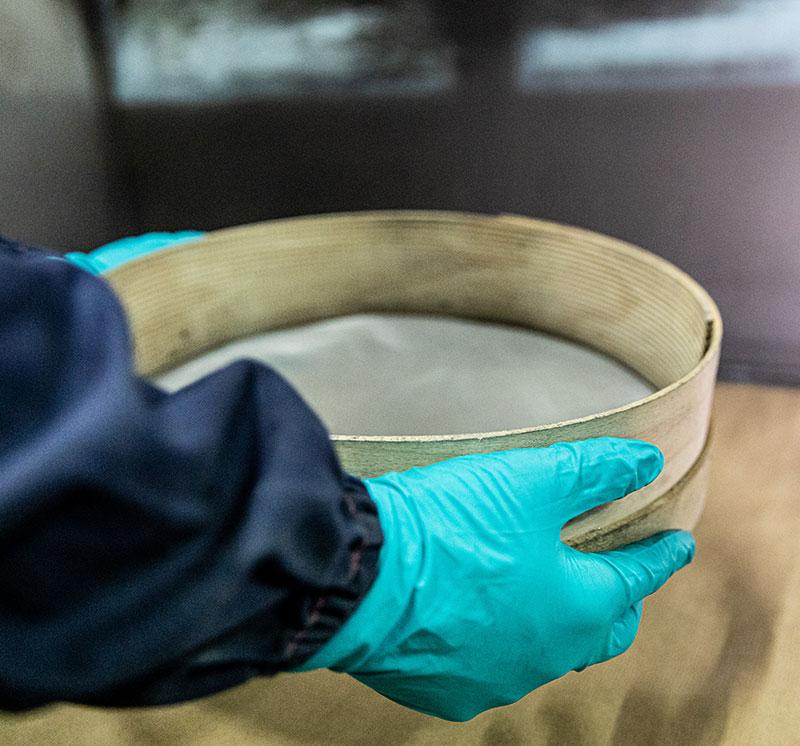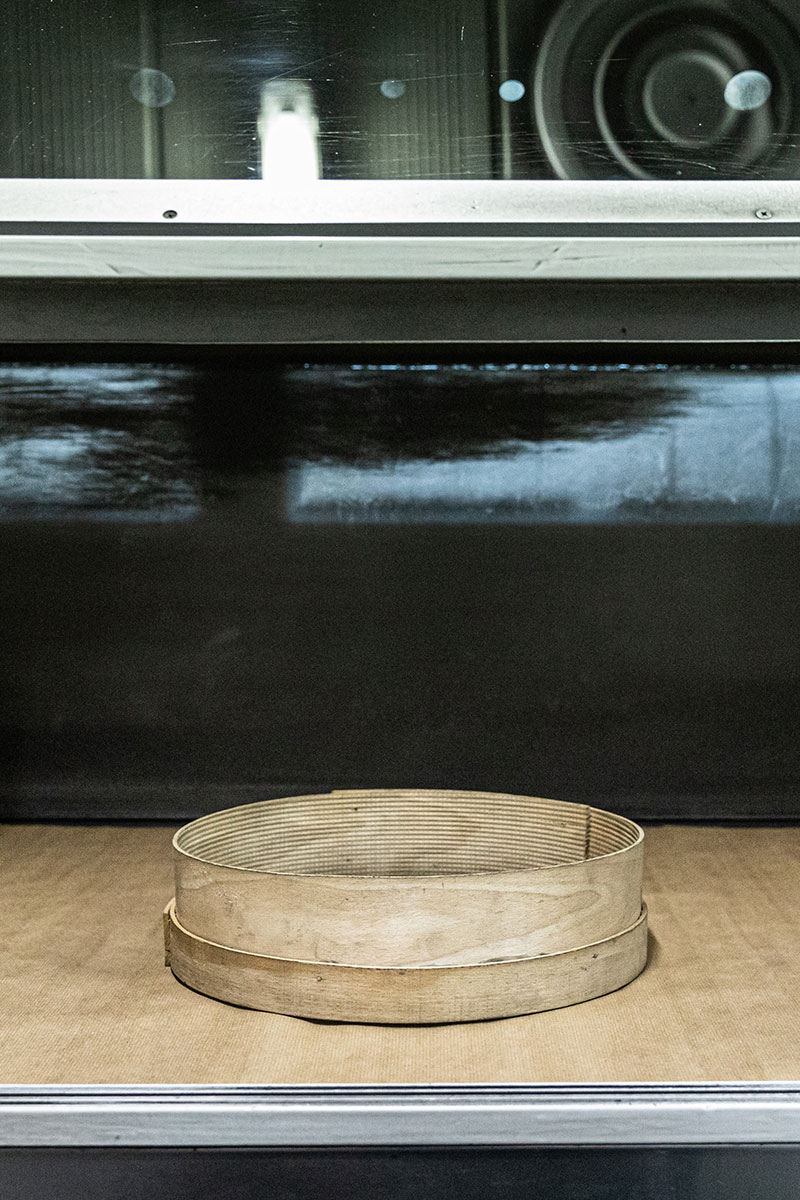Why samples are representative
A sample is deemed representative depending on the preparation methods and obtained features. Only a properly prepared sample with specific features is considered reliable and can, therefore, help identifying the material’s value.
- First of all, the material is blended. We own mixers of different sizes and choose which one to use depending on the total quantity of the material.
- The material is put in the mixers and blended for 20 to 30 minutes, until it obtains a specific level of homogeneity.
- We collect the first sample weighing 1 to 1.5 kg, that is further sieved and manually blended.
- We collect the current sample weighing 30g to 100g.
Mixers
We blend materials as long as necessary to obtain the optimal homogeneity.
Number of collected sample units
As many units of the current sample as necessary can be collected. Six units are usually collected: two for each part and two additional ones for different reasons (one for the counter-analysis performed by external labs, hired both by TCA and by the client).





